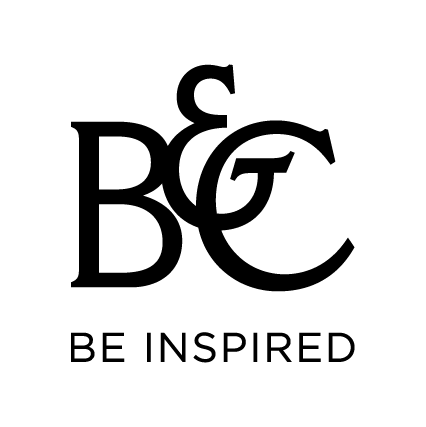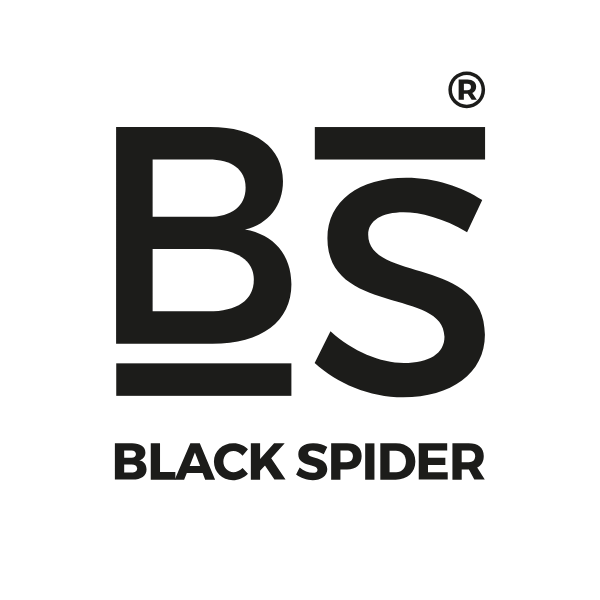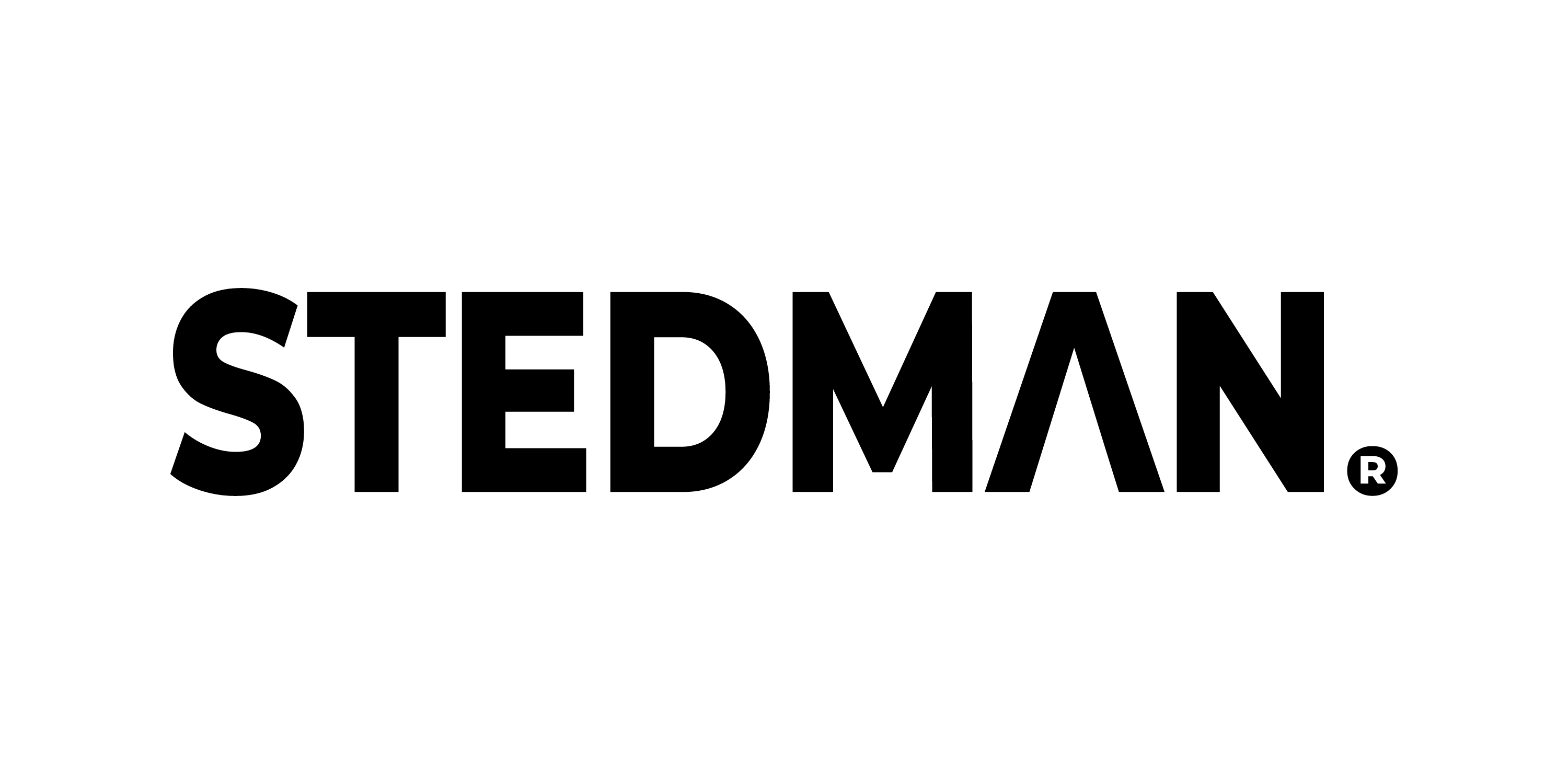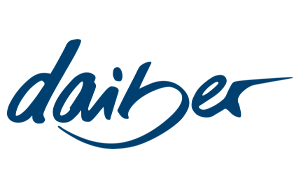Art Guidelines Summary
I. Programs
LYNKA accepts graphic files in the following programs:
For Bitmap Graphics: Adobe Photoshop. File parameter: minimum resolution 220dpi, scale 1:1, RGB, for files saved as single colored bitmaps the minimum resolution amounts to 600dpi.
For Vector Graphics: Adobe Illustrator, Corel Draw
II. Special Instructions
For every project a print out is recommended. If your design is spot color, please provide us with the pantone colors in the design (PMS – Pantone Matching System).
III. E-mail
LYNKA can receive files by email. For every file containing a vector graphic, we kindly ask to send an additional file with the same graphic saved as a bitmap in Adobe Photoshop in a low resolution of 72 dpi.
Artwork Specs / File Submission Guide
Please take a few minutes to read through this document for a better understanding of what is required as good, workable artwork. For full-color photographic Images, a match print is ideal. Everyone's monitor will display colors differently so if you are looking for close color matching, please send us a chrome or previously printed material.
If you would like to learn more about the screenprinting process, please click here.
Sizing
Please submit all files at the size you wish them to be printed. If you are unsure of what size might be appropriate, our customer service rep will be glad to help you decide. Generally, full front or back prints are between 25 and 35 cm wide by any height up to 50 cm. Left chest prints are generally range from 6 - 12 cm wide, and sleeve prints are usually 5 - 10 cm wide. Sizing is a matter of taste so these are not to be taken as strict guidelines. We are capable of printing as large as 40 cm wide by 50 cm high on standard promotional textiles.
Vector Documents
The files can be sent In the following formats:
Adobe Illustrator up to CS3 (*.ai,*.eps) - recommended
CorelDraw up to X4 (*.cdr, *.eps)
Adobe PDF Document (*.pdf)
Corel PDF Document (*.pdf)
PostScript Document (*.ps)
Windows Metafile (*.wmf)
WIndows Enhanced Metafile (*emf)
In general, keep in mind that most screen printing is a spot color medium, as opposed to offset, where the majority of color work is process.
* Do not apply any trapping to the image.
* If identical objects overlay one another precisely, please separate by layer.
* If appropriate, submit files with all colors converted to spot, and all unused colors deleted from the document.
* Please convert all type to out lines (vectors).
* Use PMS numbers for color names. Be sure to check a PMS book for color accuracy as the on-screen versions are often misleading.
* If you are placing raster images into an Illustrator document, please refer to the guidelines below to avoid any image resolution issues.
Raster / Photographic Images
The files can be sent In the following formats:
Adobe Potoshop up to CS3 (*.psd, *.eps) - recommended
Bitmap Image (*.bmp)
JPEG Image (*.jpg)
TIFF Image (*.tiff)
Please do not send jpgs or gifs that have been downloaded from the web. These files are sized at a low resolution in order to load quickly on a website. They do not provide enough resolution for us to use as actual artwork.
Submit all full color photographic and continuous tone files in RGB format. We can guarantee the best color fidelity if the file is in these "unadulterated" formats. If you are having an image scanned just for your T-shirt design, request RGB from your service bureau or scanner operator. Many high end scanning units will scan images in CMYK. This is great for offset, but not so hot for screen printing. Some places will simply convert the file from the original CMYK format to RGB. This is acceptable but not the best way to do things. The key issue here is that when an image is in CMYK mode it's palette of colors has been reduced for the offset printing process. If the image is to be spot color separated, we can often reproduce a wider range of colors than offset printing. Giving us the image in CMYK will limit the possibilities. Also, when a CMYK image is displayed on your monitor the appearance of the image is controlled by a number of preferences you have set up concerning dot gain and printing inks. In RGB these factors will be ignored.
Photographic, continuous tone color and grayscale files should be to size, at least 220 dpi, (dots per inch). If your files are at all detailed and are much below 220 dpi, there could be less than desirable results. There are a variety of specific techniques we can employ to compensate for a lower resolution original so please, do not simply raise the resolution by plugging in higher numbers. Please contact us early to resolve this issue.
Send Your Files
Layouts and small jpgs for quotes can be sent together with inquiries to Customer Service Department. Files that are more than 5MB tend to bog down our mail server. The better choice for sending large files is by uploading to our ftp site.
Set up a new connection with your FTP software and enter this info:
* The Host name is - ftp://delta.lynka.com.pl/
* The User ID is - klient
* The Password is - lynkaklient2009
Learn more about the screenprinting process
Because screen printing is a rather specialized medium, we have prepared a tutorial for those that may be purchasing screen printing for the first time, or are just interested in the process.
We have included explanations of all the key aspects of screenprinting - please click on the links included in the text below.
General Information About Printing
Screen printing begins by creating the art work, which is comprised of a piece of clear film that has the image to be printed in black. The screen is created by stretching thin but durable fabric over a wood or metal frame. The fabric is then coated with a light sensitive emulsion. The film is taped to the screen and exposed to a bright light. The dark areas of the film block the light from hitting the areas of the screen that are to print, and the transparent areas allow a photo-chemical reaction to harden the emulsion. When the screen is rinsed with water the emulsion washes out of the areas that are intended to print. The screen is then clamped into a frame that holds it steady while printing. Ink is forced through the fabric by the use of a rubber bar, called a "squeegee", that is pulled across the stencil, and the shirt is held in place by adhering it to a flat board with spray adhesive. Once the inks have been applied the shirt is placed on a conveyor belt that cycles it through a dryer. The dryer fuses the components of the ink together, causing it to become "cured" and durable.
Film
The first step in the process of garment screenprinting is creating the art. Images to be printed must be transferred to film. The film should be imaged in a positive format, (as opposed to offset which requires a negative) so that what is black on the film will print on the shirt with the desired ink.
Screens
The screen itself consists of a rectangular frame of wood or metal over which is stretched a specialized polyester fabric. This can be stretched by hand using techniques similar to stretching canvas for painting, (if anyone still paints on canvas) or specialized stretching systems can be used. It is a general understanding that, to a point, tighter screens make for higher quality prints.
When you pay a "screen charge" you are paying primarily for the labor it takes to prepare and expose your image. This process is fairly involved and the charge barely covers the expense. We are using retensionable frames which means that we actually re-shoot the screen every time it is printed. In halftone work several screens often must be exposed to yield one that has no moira patterns. It is a strange but common misconception that paying the "screen charge" means that you can take the screen home with you. This is not true.
Emulsions
To prevent the ink from flowing through the screen except in the image area a stencil is applied to the screen fabric. The stencil is created by pouring the emulsion into a specialized trough or 'coater' and gliding it along the mesh and depositing a thin film of this liquid on the fabric. When the liquid dries it is ready to be exposed.
Exposure
Once the art has been created, the screen stretched and coated with emulsion it is time to expose it. The stencil material on the mesh is UV light sensitive. Specialized exposure units are used to 'burn' the image into the stencil. The emulsions function by hardening when exposed to the bright UV light source and remain water soluble in the areas not exposed. The film positive art blocks the areas that need to print. Once the exposure is complete the screen is hosed down. The unexposed areas of emulsion will simply wash off of the mesh creating openings for the ink to flow through. After the screen has been exposed and rinsed it can be set aside or put in a heated closet to dry.
Press Setup Automation
The screens are then clamped into the press heads. The printer then registers the screens to a print from one of the screens or a film. Registering procedures differ from press to press and can consist of everything up to micro-acurate servo mechanisms. There are a variety of factors that effect the registration but the achievable tolerances are dependent on the how well the press is maintained. Once the screen is in place the inks, squeegees and floodbars are put in place.
Screen Press Preparation
To prepare the screen for printing it must be taped and "pinholed". Tape is applied between the mesh and the frame, and a liquid, sort of like Elmer's Glue, called "blockout", is used to fill in any small holes. These "pinholes" are caused by dust particles blocking exposure or small amounts of oil resisting the emulsion coverage. This is why air filtration and other environmental controls are necessary for efficient and quality controlled screen making.
Mesh Count
Mesh count is simply stated the number of threads of mesh in a given inch, (or cm). Different meshes yield different results and the variety allows the printer to control factors such as amount of ink deposited and moire patterning. The threads on lower mesh counts are thicker than on higher meshes and can be stretched tighter without risk of the screen ripping. Lower meshes are used primarily for simple spot color work, especially where heavier coverage is needed, such as light ink on a dark shirt. Higher mesh counts are used for halftone printing or detailed line work where resolution is important.
Printing Procedure
The actual print procedure involves a wide range of parameter controls. The ink is deposited onto the shirt by pulling a squeegee across the surface of the screen. The squeegee forces the ink to come in contact with the garment where it sticks after the screen is lifted. The downward pressure that is exerted on the squeegee blade is a major determining factor in the amount of ink deposited. Lower screen meshes will also allow more ink to flow through them. After this print stroke a second bar travels across the screen in the other direction. This step is called 'flooding' and reloads the screen with ink for the next print. The amount of pressure exerted in flooding also plays a part in the amount of ink deposited. The angle of the squeegee blade also has a great effect on the print. Other critical factors are the speed of print and flood strokes, the thickness and opacity of the ink and the distance between the screen and the shirt. All of these factors must be carefully orchestrated to achieve acceptable results, especially in cases of half tone reproduction. If the print is on dark garment a flash is often required. The flash heats the ink so that the following colors will have and opaque base to sit on. Flashing requires attention to heat and timing and must be adjusted as the platens warm up and the ink changes consistency. Most of the critical adjustments required to control the process have to be done intuitively. It is because of this that screen printing is a specialized craft that requires a wealth of experience.
Finishing
Once the shirts have been printed they must be cured and inspected. The dryer consists of a conveyor belt that runs the shirts through a heated chamber. The dryer must be set to the proper temperature and the speed of the belt must be adjusted to insure the required exposure to the heat for complete ink fusion. This must be diligently controlled to insure that the print is durable. Shirts also must be inspected as they are placed on the dryer belt and as they are removed by the folders.
We thank Mirror Image, Inc. http://www.mirrorimage.com for their help in the preparation of these instructions.





















